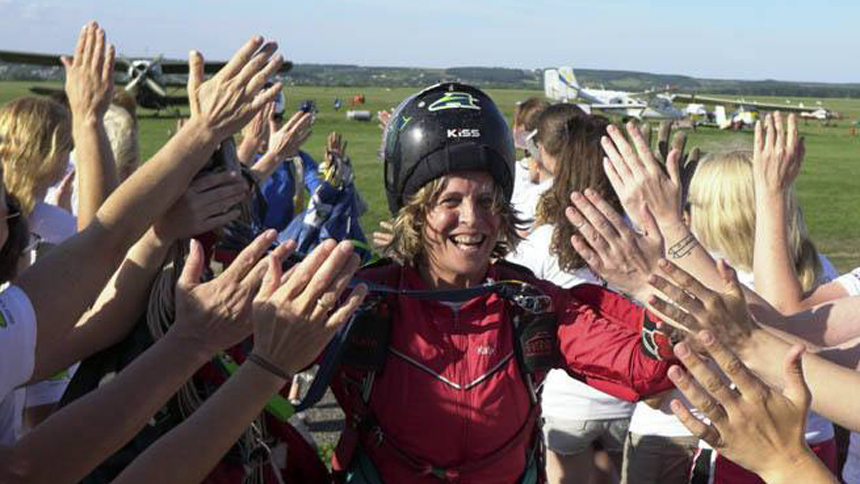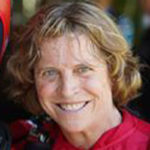People often approach me with the same question. “I’m good, I know I’m good, but no one else knows that. How can I get on the “A” list to be invited to all the 100+ way formation events and/or World Record Events”?

Photo by Andrey Veselov
The answer is “just add air”.
Steps to Success
In order for a person to be invited to these elite loads, they need to be recognized by either the organizers of the event or recommended by persons respected by the organizers of the event. The easiest way to do that is to attend as many smaller camps or boogies where these people are working so you can show your skills off in a more intimate format. Below I have listed some steps that will help make the transition easier and earn you that treasured invite to a special event.
Step 1
Attend a big-way camp or boogie event where you will have the opportunity to spend quality time with the organizer. There are a series of big-way camps being organized at several larger dropzones. These events allow a person to make jumps with active organizers and show their talents in a “no fault” atmosphere. Regardless of the eventual outcome of any specific skydive, each participant can work on and show off their skills to the people who will be evaluating their performance. After the event send a brief e-mail to the organizer reminding them of who you are, asking permission for future recommendations, and thanking them for their time.

Ukraine, 2018. Photo by Andrey Veselov
Step 2
Organizers tend to look for quality (not quantity) of recent skydives. A 4-way or 8 way team, or aggressive tunnel training, is worth more to many organizers on a resume than hundreds of lower quality “fun jumps” made at various boogies. It’s well known that it’s easier to train a good 4 or 8 way jumper to do big-ways, than the other way around. This is not because the team jumper is inherently a “better” skydiver, it’s usually simply because they are more attuned to coaching and learning. In short—they listen better.
It’s well known that it’s easier to train a good 4 or 8 way jumper to do big-ways, than the other way around”
Step 3
Currency. A person who has made 200+ jumps in the last 6 months will always get my attention over an equally unknown person who has 1,000 jumps in 15 years. I’ll take the current low timer over the uncurrent mid-timer in almost any case, all other experience being equal.
Step 4
Don’t give up, especially if you are a lower time skydiver or from a smaller dropzone. If you are told “no” once, find out what the organizer is looking for in terms of experience and go out and get it. When you reapply, remind them who you are and that you’ve gone out of your way to accomplish their request. They’ll be impressed.
Don’t give up… if you are told “no” once, find out what the organizer is looking for in terms of experience and go out and get it.

Photo by Rob Lloyd
Step 5
Create a “jumping” resume. On it include your name, e-mail, snail address and telephone numbers. For jump experience have the year of first jump, total number of jumps to date, largest formation (attempted), largest formation (completed), and height and weight. Add a brief description of other factors that may weigh in the decision, such as team or tunnel or camp time. List the slot(s) that best reflect your current abilities for success: base, early diver, early floater, long diver, long floater, or (organizers love this) ANY SLOT IS FINE. Having such a complete resume submitted by a person looking to join the ranks of large formation jumpers is always a bonus because it makes the organizer’s job easier. This is a good thing.
Step 6
Start creating a list of known organizers who you are confident will give you a positive recommendation for the event(s) you would like to attend. Ask them permission to use their names as references. When using them, include their e-mail addresses so that the person making the reference will be able to contact the organizer easily. This list should be included on your resume, but also available separately. Knowing that known, respected organizers are willing to recommend a person goes a long way in terms of making decisions for events.

Photo by Andrey Veselov, Ukraine, 2018
You followed the steps and you have the invite, what next? You’re on the big load. In the next article we’ll talk about the things that will help you to stay on the load once skydiving starts.
Big-way Bites Series
Previous article – Big-way Bites 6 – Mental aspects
Next article – Big-way Bites 8 – Staying on the big-way!

